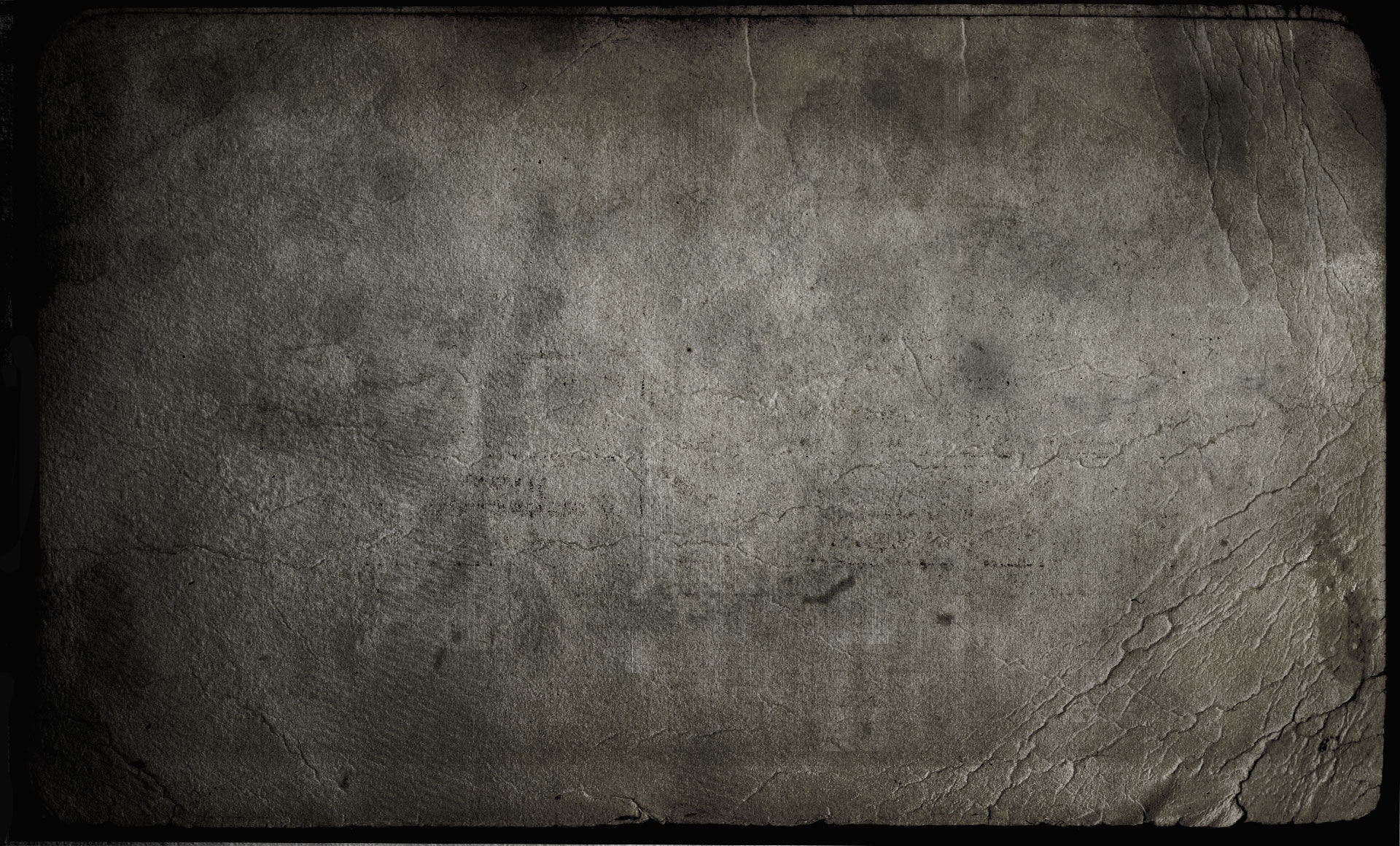The Fight Against Crabgrass
- Red Fern Landscape
- Apr 19, 2018
- 2 min read

It is a fact; no lawn is bullet proof when it comes to crabgrass. Thankfully, there are steps that can be taken this spring and throughout the growing season, to defeat this weedy grass.
Though this year’s conflict between winter and spring is still leaning towards winter, now is still the right time to plan the best strategy to protect your lawn.

Unfair Advantage
A single plant, if allowed to mature can produce anywhere from 50,000 to 150,000 seeds in one season. These seeds can survive for decades in the soil and germinate in the worst conditions. When hot and dry conditions stress out your lawn, crabgrass thrives. It will grow in compacted clay, sandy soils, gravel and even in the cracks of concrete, so nowhere is safe. This is why controlling crabgrass before it gets established is a must.
A Two-Sided Attack
1) The best control method for crabgrass will always be a health thick lawn. Crabgrass needs bare or thin areas to start the germination process. This means a good fertilizer program, proper mowing habits and the right watering schedule are the first step to focus on.
2) The use of pre and post emergent herbicides to directly control crabgrass is the second option.
A pre-emergent is applied in the spring to help prevent crabgrass from growth in the first place. By putting it down early It creates a barrier in the soil and helps stop germination, eliminating the problem before it begins.
A post-emergent is used to treat any established crabgrass growing in your lawn. It is a herbicide that will kill the plant by being absorbed through the leaf, systematically killing it from the inside out.
Crabgrass does have a ticking clock so make sure you attack it immediately if it starts to grow. Once the plant reached maturity there is very little that can be done without leading to more problems. While spending your time removing the plant by pulling it or spraying it with a grass killer may seem like the right thing to do, it is not and will make the problem worse. Removing the plant tends to leave a large bare spot, opening up the soil to thousands of seeds that will replace the one that was pulled making the problem worse.
Unfortunately, there are always going to be crabgrass seeds in your lawn so this will be an ongoing battle that must be fought each year. With a combination of a properly maintained health lawn and the proper herbicides crabgrass has no shot.











Comments